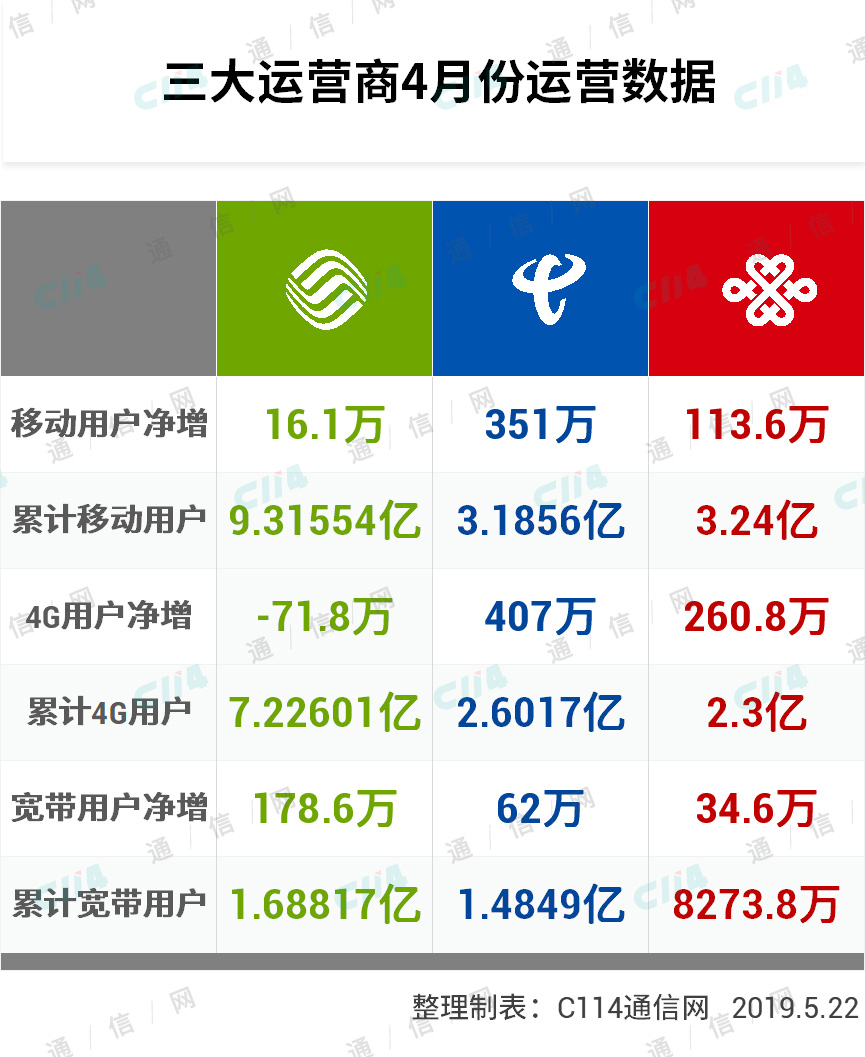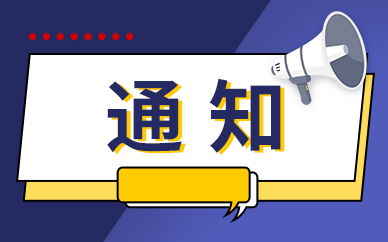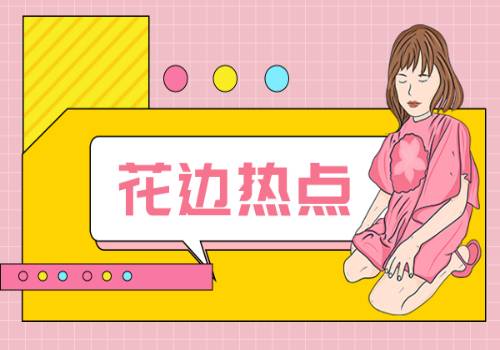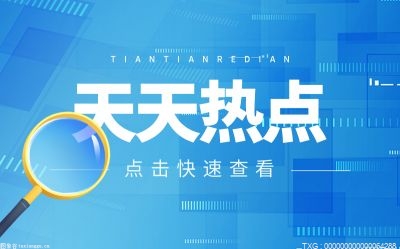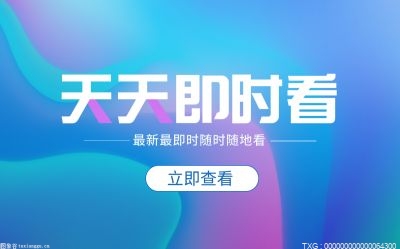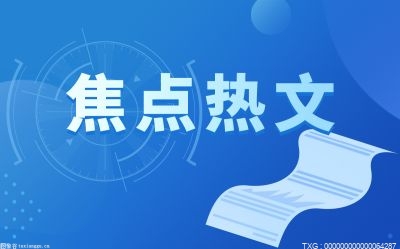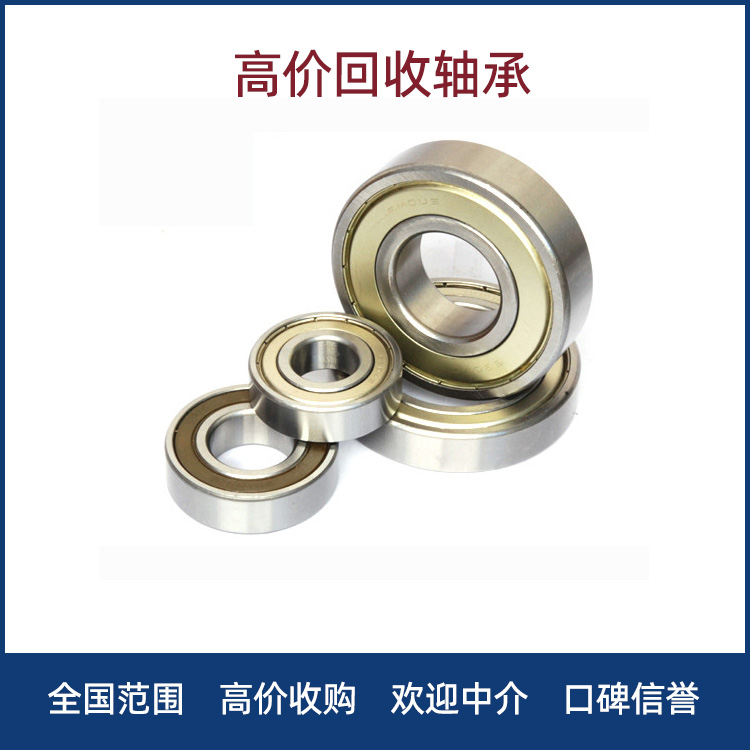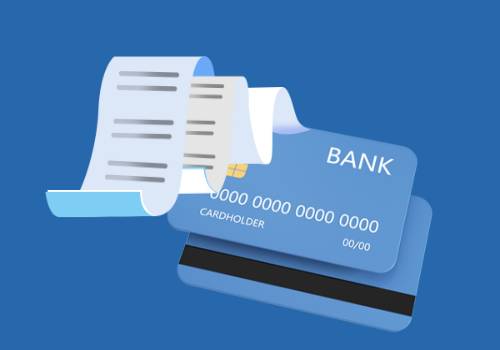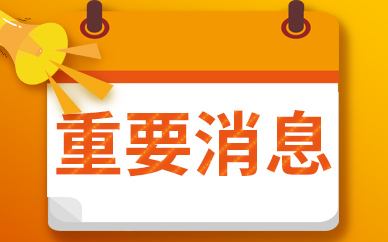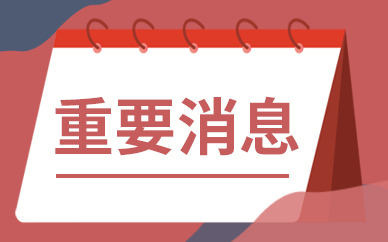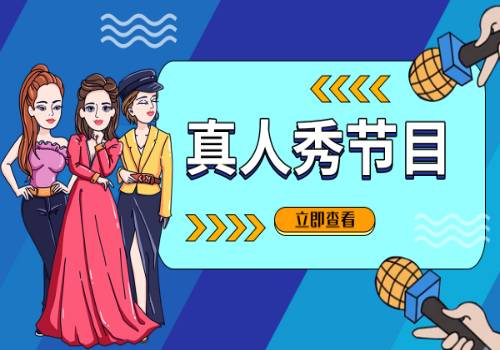使用Convert接口实现类型转换器
在Spring3中引入了一个Converter接口,它支持从一个Object转为另一个Object。除了Converter接口之外,实现ConverterFactory接口和GenericConverter接口也可以实现我们自己的类型转换逻辑。
 (相关资料图)
(相关资料图)
Converter接口
首先看看Converter接口的定义
public interface Converter<S, T> { T convert(S source); } 可以看到这个接口是使用了泛型的,S表示原类型,T表示目标类型,然后里面定义了一个convert方法,将原类型对象作为参数传入进行转换之后返回目标类型对象。
下面在Spring Boot中使用Converter接口来实现将String类型分别转换为Data,自定义对象和List<自定义对象>。
添加依赖
添加spring-boot-starter-web依赖
<dependency> <groupId>org.springframework.boot</groupId> <artifactId>spring-boot-starter-web</artifactId> </dependency>
实体类
1.User类
public class User { private long id; //用户名 private String name; //出生日期 private Date birth; //关联用户 private User linkUser; //喜欢的文章 private List<Article> favArticles=new ArrayList<>(); //下面省略Getter和Setter方法2.Article类
public class Article { //文章id private long artId; //文章名 private String artName; //下面省略Getter和Setter方法}配置类型转化器
下面三个类都需要添加@Component注解,否则不能生效。并实现Spring提供的org.springframework.core.convert.converter.Converter接口,重写其中的convert()方法 ,方法中写自己的转换逻辑。
1.定义全局日期转换器
@Componentpublic class DateConvert implements Converter<String,Date> { //日期格式 SimpleDateFormat sdf=new SimpleDateFormat("yyyy-MM-dd"); @Override public Date convert(String s) { if (s!=null&&!"".equals(s)){ try { //解析参数 Date date=sdf.parse(s); return date; } catch (ParseException e) { e.printStackTrace(); } } return null; }}2.定义全局对象转换器
这里使用Jackson的ObjectMapper类的readValue()函数实现将Json字符串反序列化为Java对象
@Componentpublic class ObjectConvert implements Converter<String,User> { @Override public User convert(String s) { ObjectMapper objectMapper=new ObjectMapper(); if (s!=null&&!"".equals(s)){ try { User user=objectMapper.readValue(s,User.class); return user; } catch (JsonProcessingException e) { e.printStackTrace(); } } return null; }}3.定义全局List类型转换器
这里使用Jackson的ObjectMapper类的readValue()函数实现将Json字符串反序列化为 List
@Componentpublic class StringToListController implements Converter<String, List<Article>> { ObjectMapper objectMapper=new ObjectMapper(); @Override public List<Article> convert(String s) { List<Article> list=null; try { list=objectMapper.readValue(s, new TypeReference<List<Article>>() { }); } catch (JsonProcessingException e) { e.printStackTrace(); } return list; }}控制器
这里注意使用produces设置返回数据的类型为json,consumes设置提交内容的类型为:application/x-www-form-urlencoded。
application/x-www-form-urlencoded作用:将键值对的参数用&连接起来,如果有空格,将空格转换为+加号;有特殊符号,将特殊符号转换为ASCII HEX值。
@RestControllerpublic class HelloController { @GetMapping("hello") public Date getDate(Date birth){ System.out.println(birth); return birth; } @PostMapping(value="showUser",produces="application/json", consumes = "application/x-www-form-urlencoded") public User showUser(User user){ return user; }}测试
在Postman中进行测试,注意以下设置:POST请求 -> Body -> x-www-form-urlencoded。在Body中输入参数进行测试。
因为参数中有Json类型参数,如果直接使用Params下进行发送数据,会出现请求参数异常错误。
测试结果:
Converter使用及其原理
在Spring MVC开发中,我们可以很方便的使用Converter来实现对请求参数的处理,比如字符串去空,日期格式化等。
配置文件中对Converter的引用
<!-- 属性编辑器 --> <bean id="conversionService" class="org.springframework.format.support.FormattingConversionServiceFactoryBean"> <property name="converters"> <list> <bean class="com.xxx.common.converter.StringTrimConverter" /> <bean class="com.xxx.common.converter.DateConverter" /> <bean class="com.xxx.common.converter.DatetimeConverter" /> </list> </property> </bean><mvc:annotation-driven conversion-service="conversionService">
如上代码,我们配置了三种类型的Converter。
以字符串去空为例
import org.springframework.core.convert.converter.Converter;/** * 去除前后空格 * @author * */public class StringTrimConverter implements Converter<String, String> { public String convert(String source) { //如果源字符串不为空则进行转换 if(source != null){ //去除源字符串前后空格 source = source.trim(); if(source.equals("")){ source = null; } } return source; }}配置好以上内容,即可在我们的请求中实现字符串自动去空格。
明白使用其实很简单,我们可以看下在Spring的底层,具体是如何实现Converter的。我们以字符串去空的代码为例。
以上代码,首先实现了Converter接口
我们查看Converter接口的源码
/** * A converter converts a source object of type S to a target of type T. * Implementations of this interface are thread-safe and can be shared. * * <p>Implementations may additionally implement {@link ConditionalConverter}. * * @author Keith Donald * @since 3.0 * @see ConditionalConverter * @param <S> The source type * @param <T> The target type */public interface Converter<S, T> { /** * Convert the source of type S to target type T. * @param source the source object to convert, which must be an instance of S * @return the converted object, which must be an instance of T * @throws IllegalArgumentException if the source could not be converted to the desired target type */ T convert(S source);}通过JavaDoc我们可以看到,实现该接口,可以使我们将S类型的对象转换为T类型。那么对应的我们对于Date类型的转换,就可写为如下代码:
public class DateConverter implements Converter<bean id="conversionService" class="org.springframework.format.support.FormattingConversionServiceFactoryBean">
该类的对象,继续查看对应改类的源码,以及对应的JavaDoc。我们可以在该类的Doc中看到如下描述:
* <p>Like all {@code FactoryBean} implementations, this class is suitable for * use when configuring a Spring application context using Spring {@code <beans>} * XML. When configuring the container with * {@link org.springframework.context.annotation.Configuration @Configuration} * classes, simply instantiate, configure and return the appropriate * {@code FormattingConversionService} object from a * {@link org.springframework.context.annotation.Bean @Bean} method.该类适用于适用XML构建Spring应用。
我们查看对应的成员变量:
public class FormattingConversionServiceFactoryBean implements FactoryBean<FormattingConversionService>, EmbeddedValueResolverAware, InitializingBean { private Set<?> converters; private Set<?> formatters; private Set<FormatterRegistrar> formatterRegistrars; private boolean registerDefaultFormatters = true; private StringValueResolver embeddedValueResolver; private FormattingConversionService conversionService;在配置XML时,我们主要配置了集合类的converters,该类比较重要的方法如下:
@Override public void afterPropertiesSet() { this.conversionService = new DefaultFormattingConversionService(this.embeddedValueResolver, this.registerDefaultFormatters); ConversionServiceFactory.registerConverters(this.converters, this.conversionService); registerFormatters(); }该方法实现了对conversionService中增减我们对应的格式化器。
在Spring启动时,注册转换器 时会进入afterPropertiesSet 方法。在该方法中,我们可以看到Spring以HashSet来存储对应的converters。在ConversionServiceFactory中,判断不同的转换器,并进行注册。
public static void registerConverters(Set<?> converters, ConverterRegistry registry) { if (converters != null) { for (Object converter : converters) { if (converter instanceof GenericConverter) { registry.addConverter((GenericConverter) converter); } else if (converter instanceof Converter<?, ?>) { registry.addConverter((Converter<?, ?>) converter); } else if (converter instanceof ConverterFactory<?, ?>) { registry.addConverterFactory((ConverterFactory<?, ?>) converter); } else { throw new IllegalArgumentException("Each converter object must implement one of the " + "Converter, ConverterFactory, or GenericConverter interfaces"); } } } }以上为个人经验,希望能给大家一个参考,。

